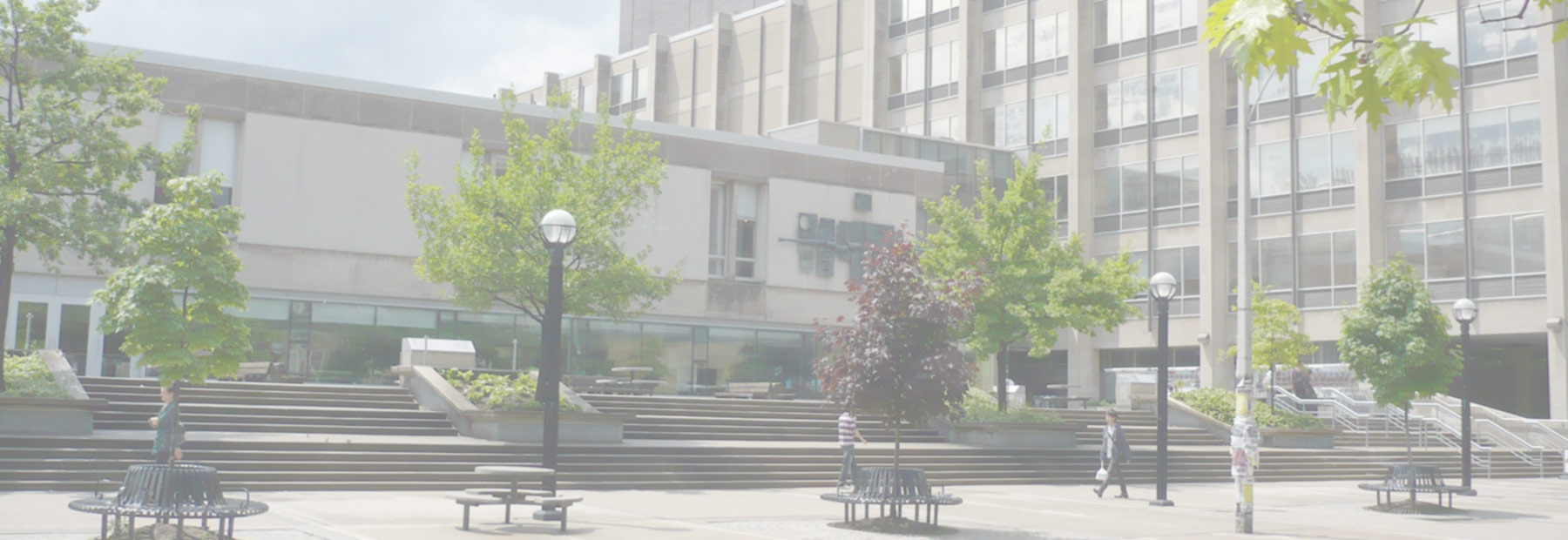New ways of practicing art history demand unconventional spaces. If you’ve visited the Department of Art History recently, you have probably noticed our refreshed facilities. The Art History Library has been modernized with a new entrance, comfortable furniture, workstations for students, and a premium book scanner. The seminar room now features a 4K camera and soundbar, allowing for video conferencing and hybrid seminars. And the department contains a brand-new digital lab.
Digital methods are transforming the field of art history, enabling scholars to analyze and visualize the objects of their work in new ways. Technology helps researchers uncover new insights into artifacts, buildings, and artistic movements, making connections that were previously difficult to see. The Art History Digital Lab is a cutting-edge hub for these activities.
Several of the department’s courses are already taking advantage of the sleek new space. Professor Carl Knappett’s recent graduate seminar “Connectivity and Mobility in the Ancient World” provided training in R, a computer programming language for statistical analysis and data visualization. Seated at ten Apple workstations, students learned the software together. Each student developed a dataset and network output. Having the lab onsite allowed them to work on their projects both during and outside of class time.
The course encouraged students to think critically about how digital methods could enhance research design. As Professor Knappett highlights, teaching in the lab reminds students and researchers that, while “digital humanities is often portrayed as a means of communicating research findings,” what “we learnt in this course is that it is just as important in rendering transparent the nature of our models and how we work with data.”
The lab is full of impressive tech. It’s the first all-Mac lab on the St. George campus, with a 98” ultra-high definition 4K television, a 4K room camera (for video conferencing and hybrid teaching), and a high-resolution speaker/microphone array soundbar. The workstations are equipped with software for photography, video editing, mapping, photogrammetry, 3D modelling, statistical computing, and data visualization.
The renovations to the department update our shared spaces for research and teaching, supporting faculty and students pursuing interdisciplinary research. As Professor Knappett notes, “With many of our students at U of T taking double majors—often across quite different domains that mix the quantitative and the qualitative—it seems to me this is a field of inquiry and pedagogy in which Art History can be a leader for years to come. The new lab is a crucial base, in the heart of our sixth-floor home.”


